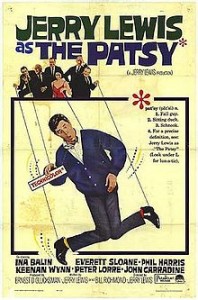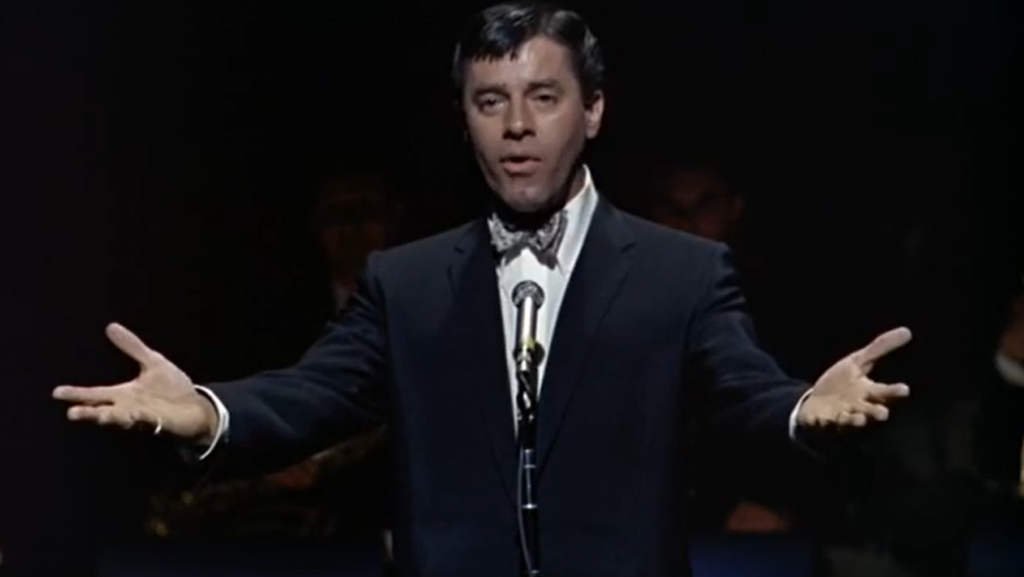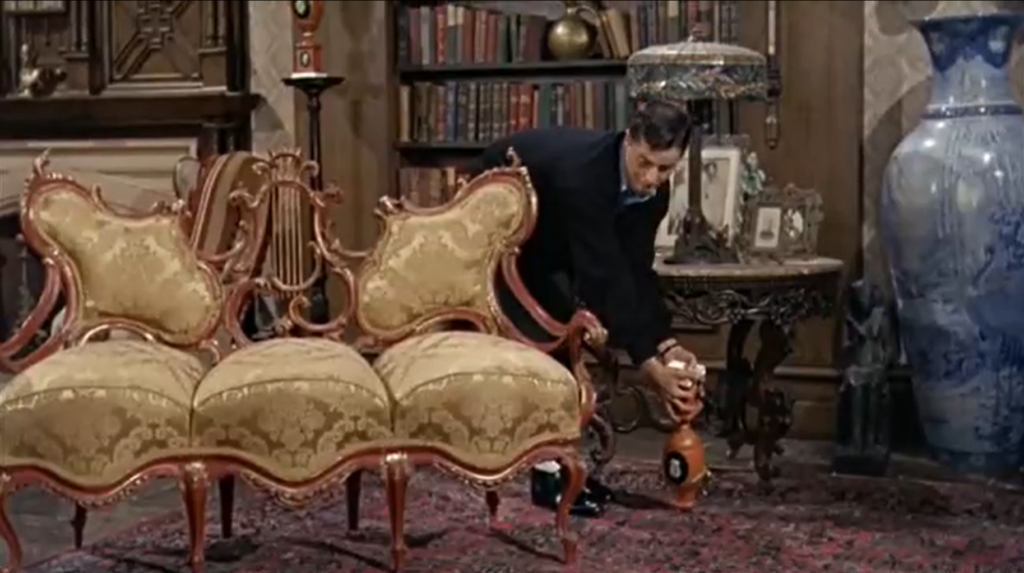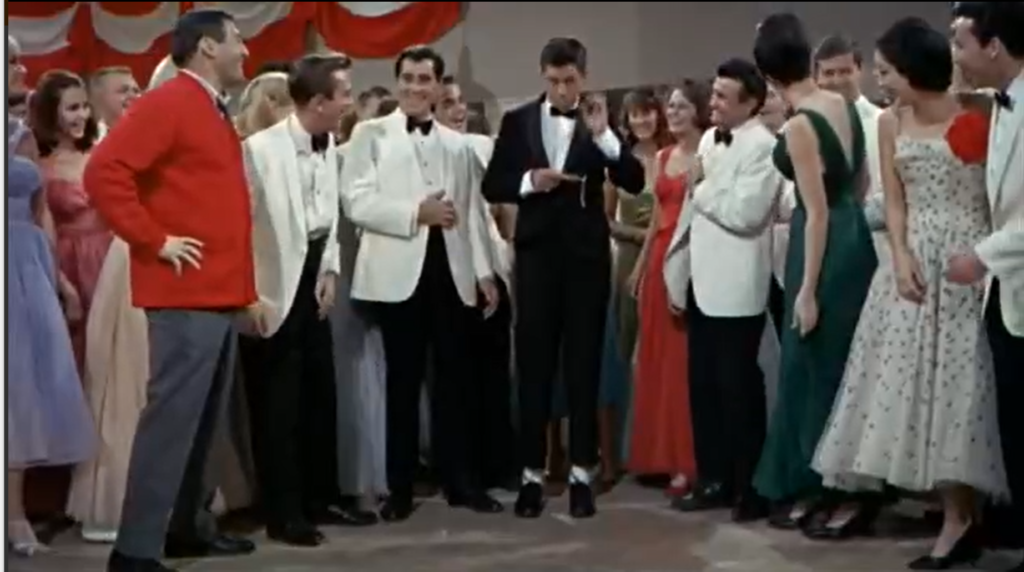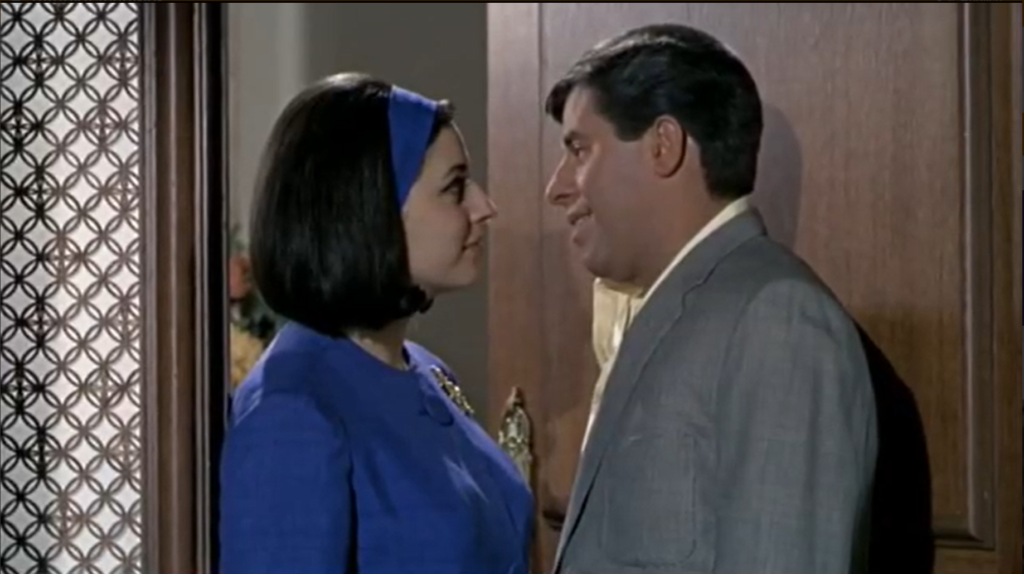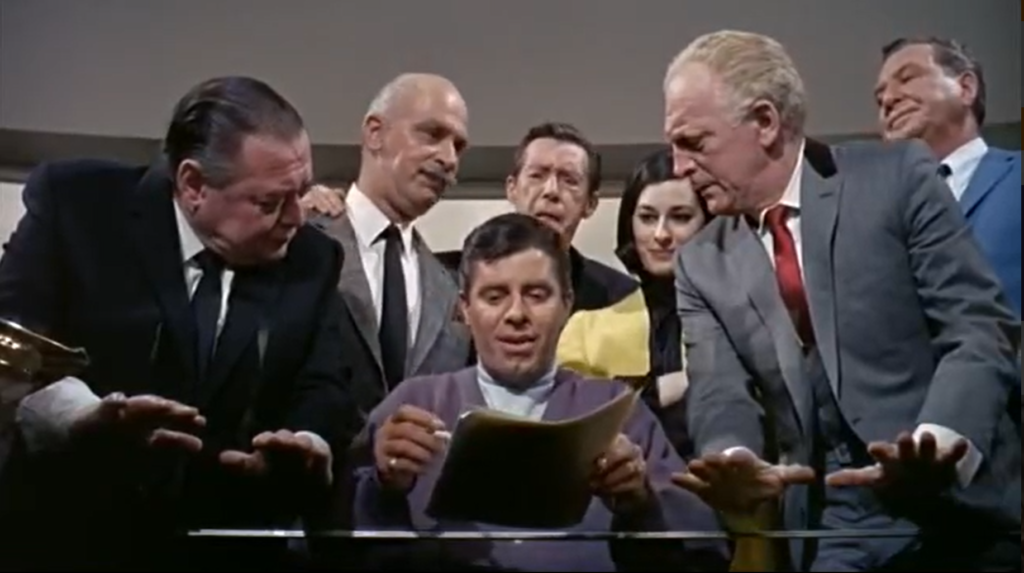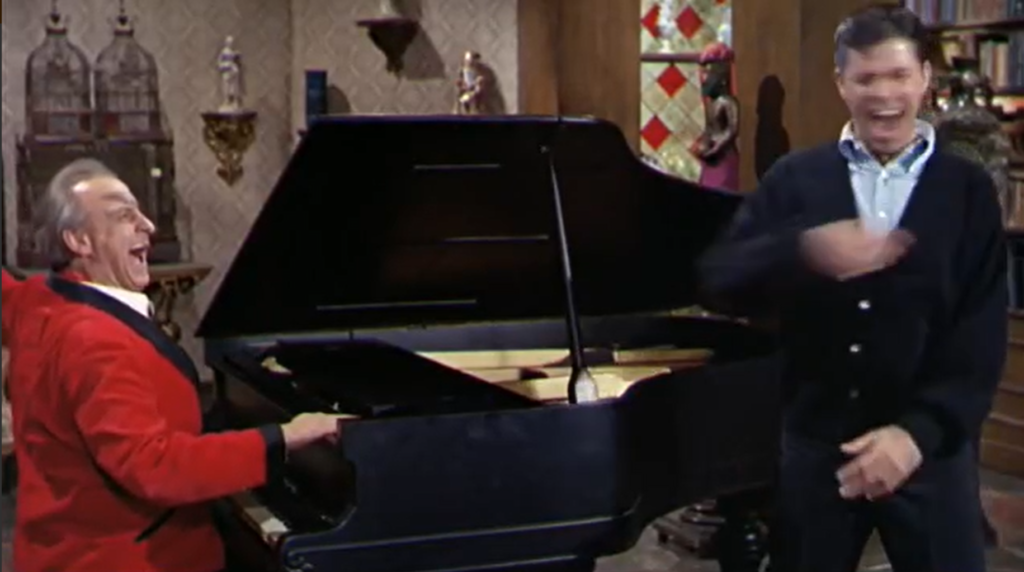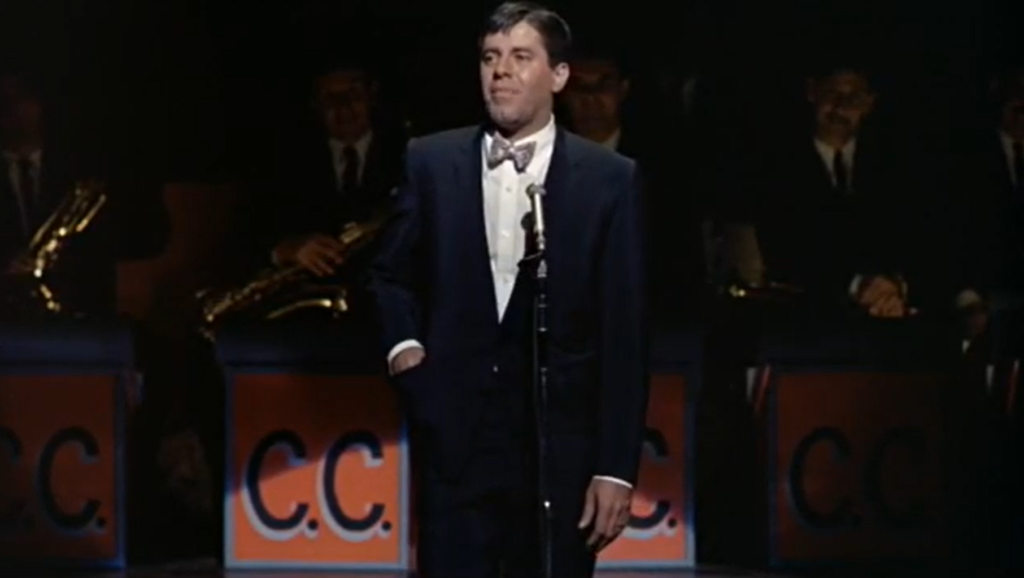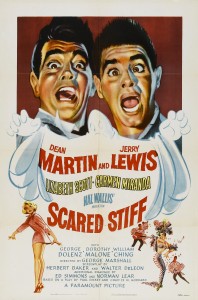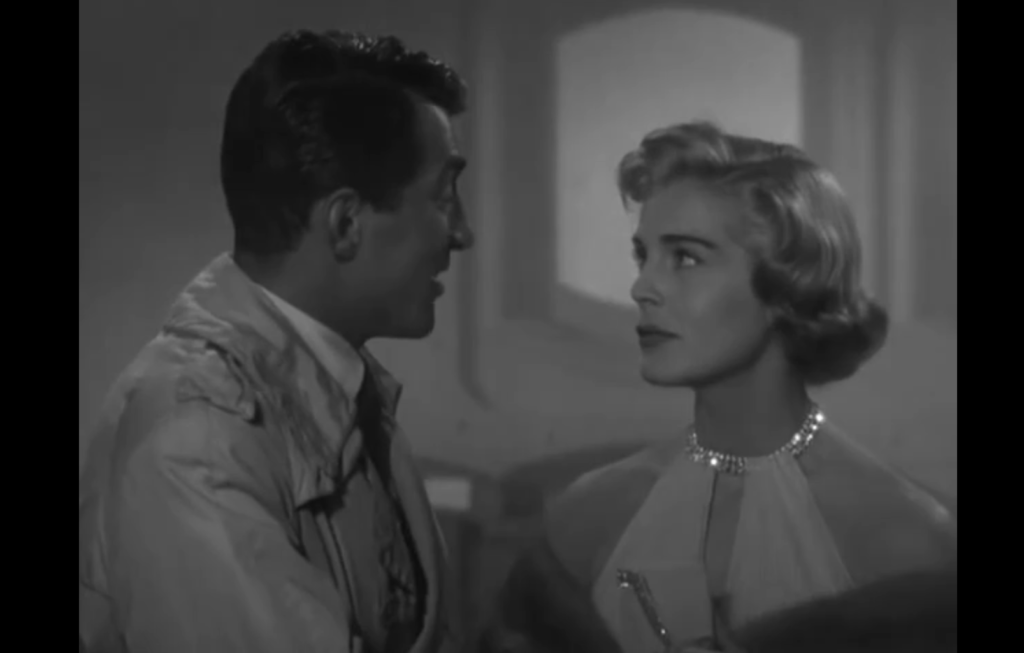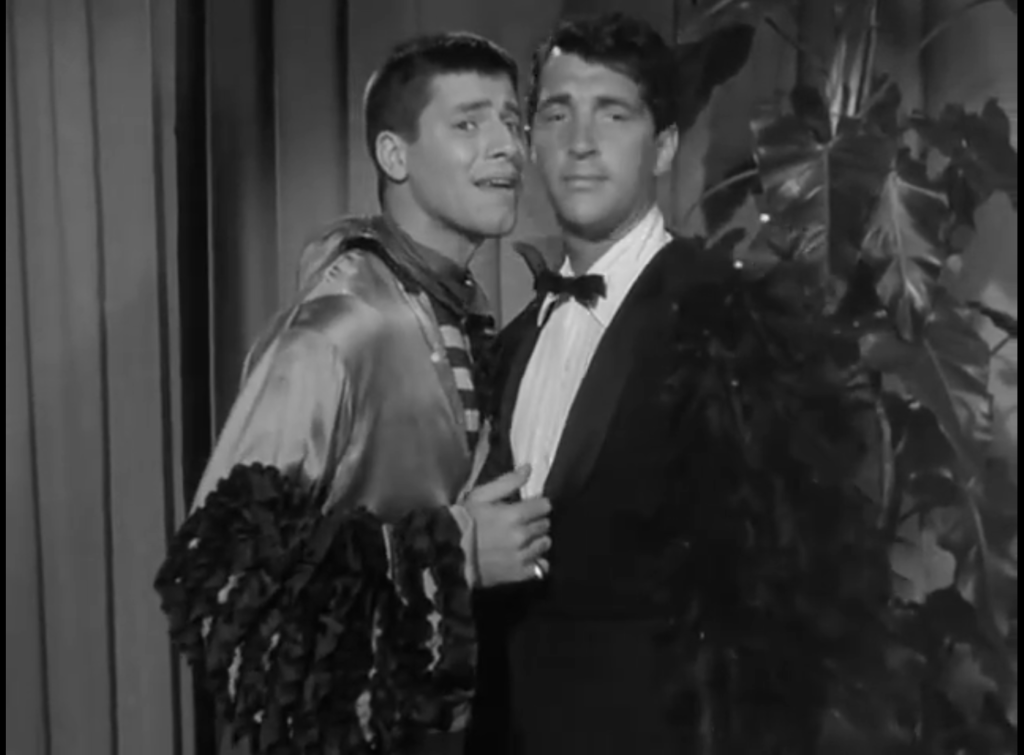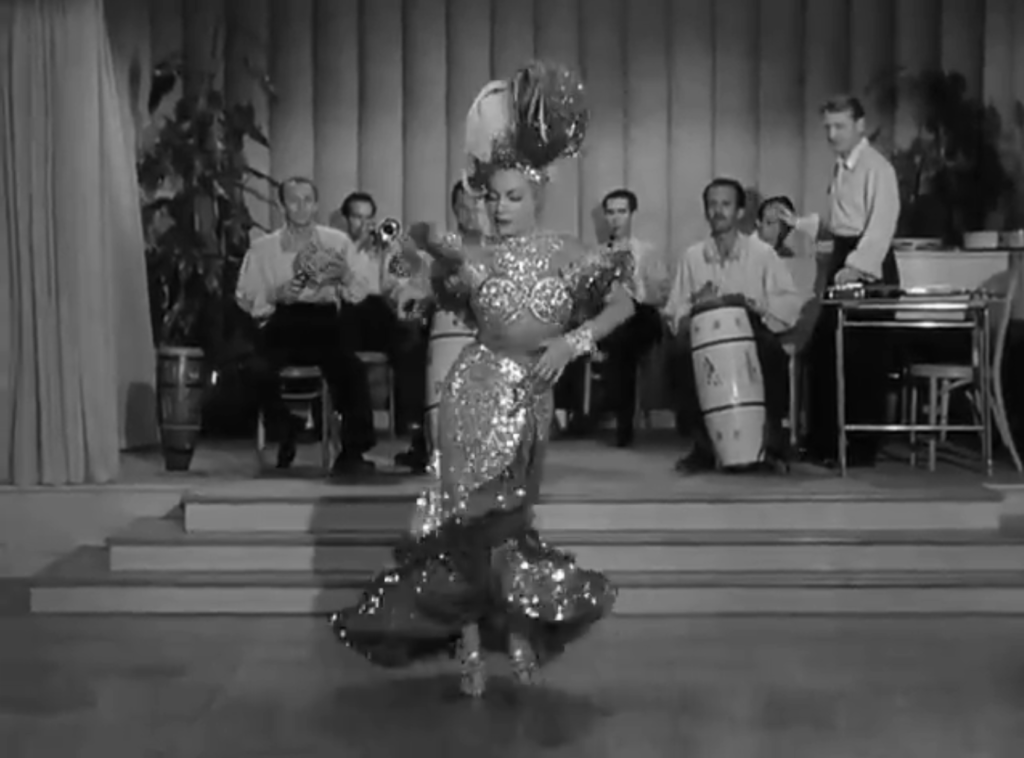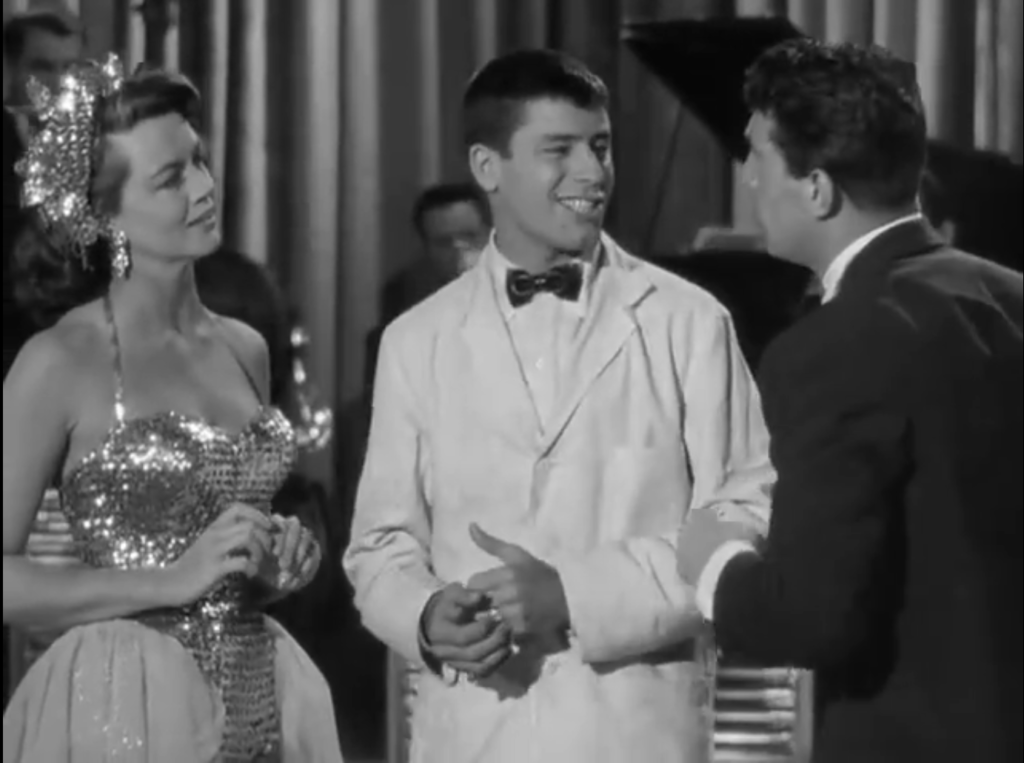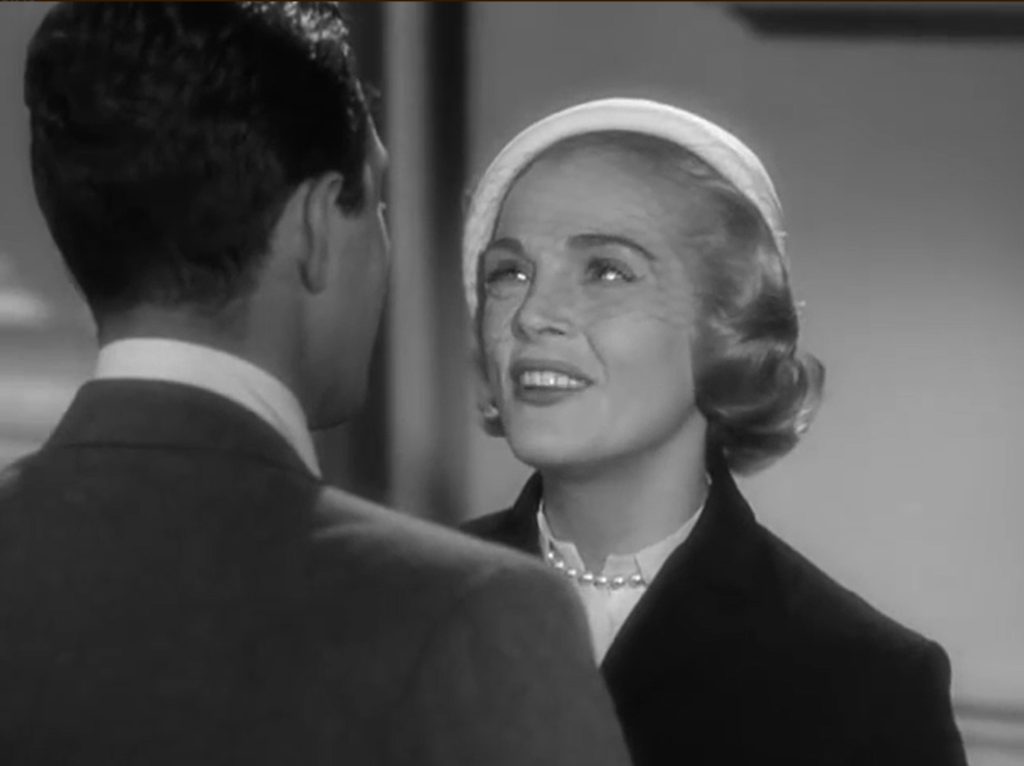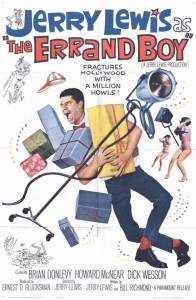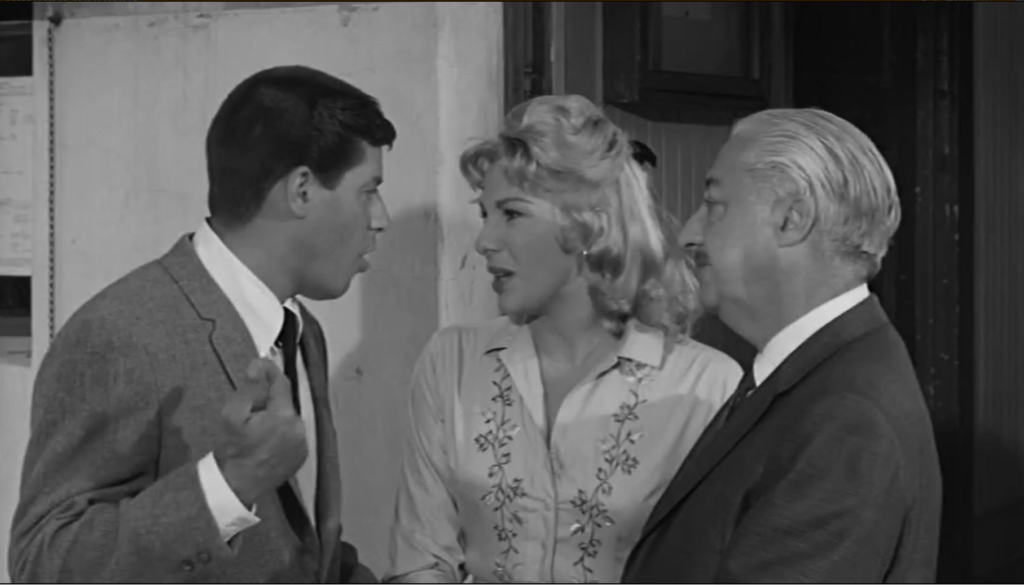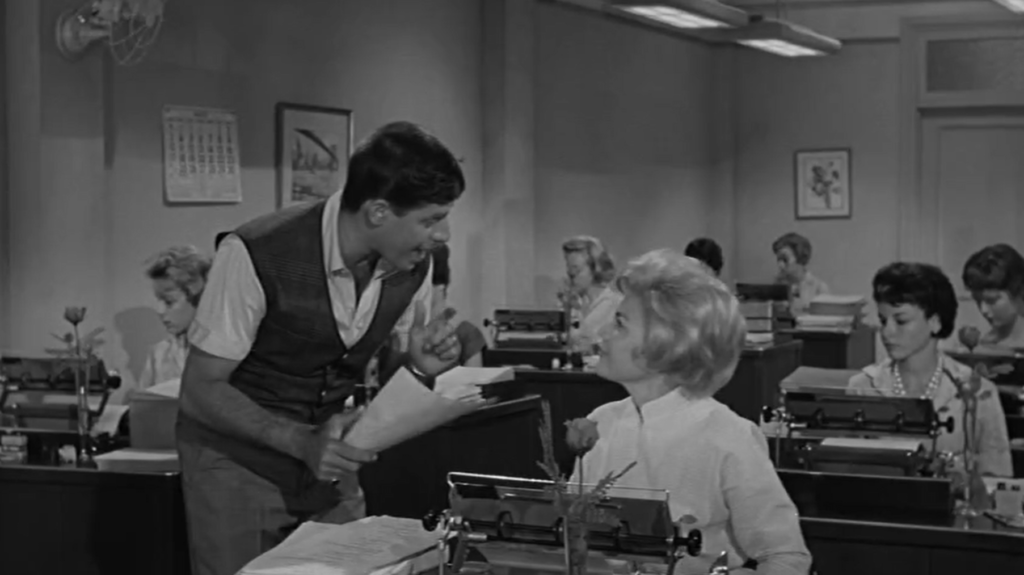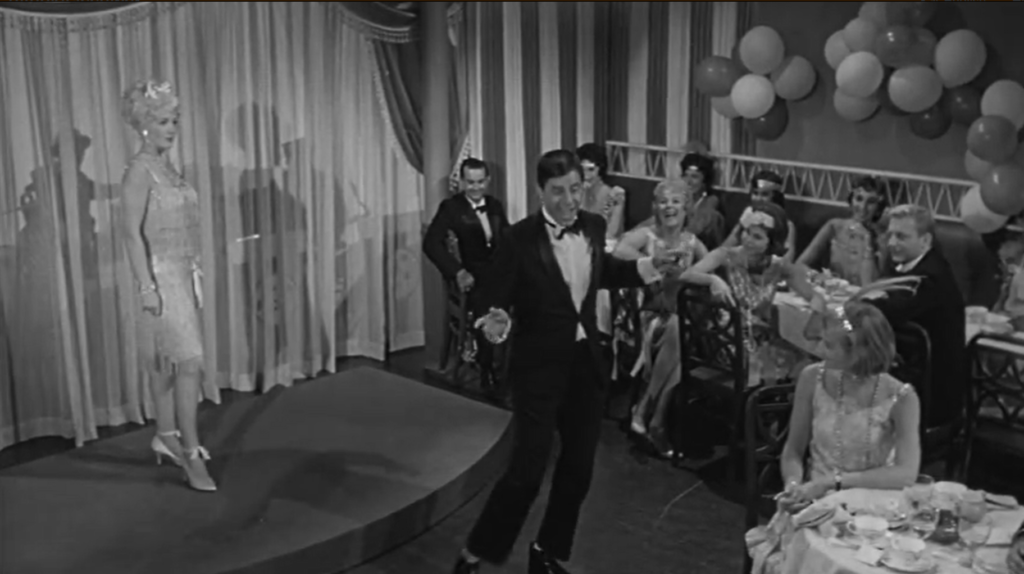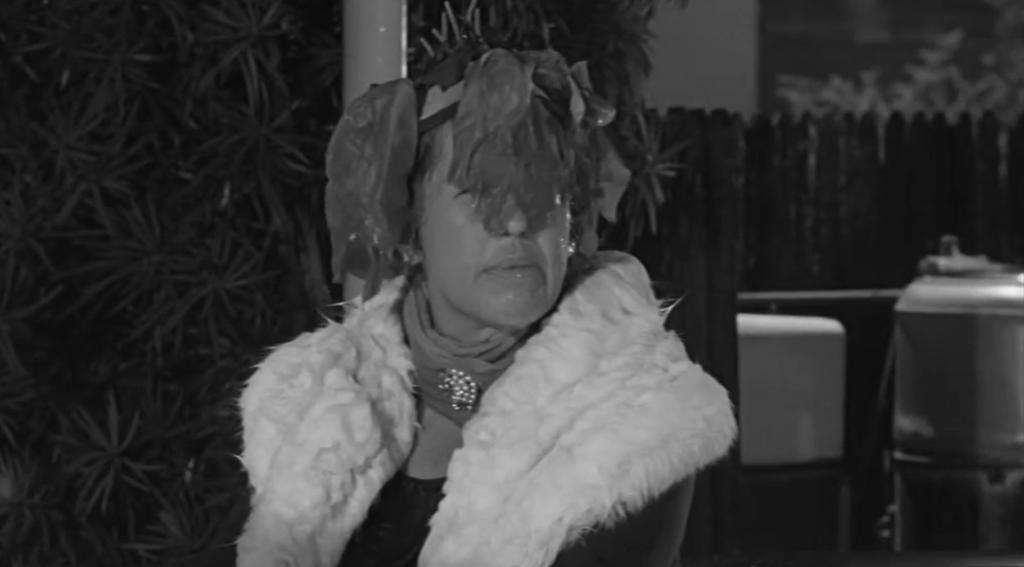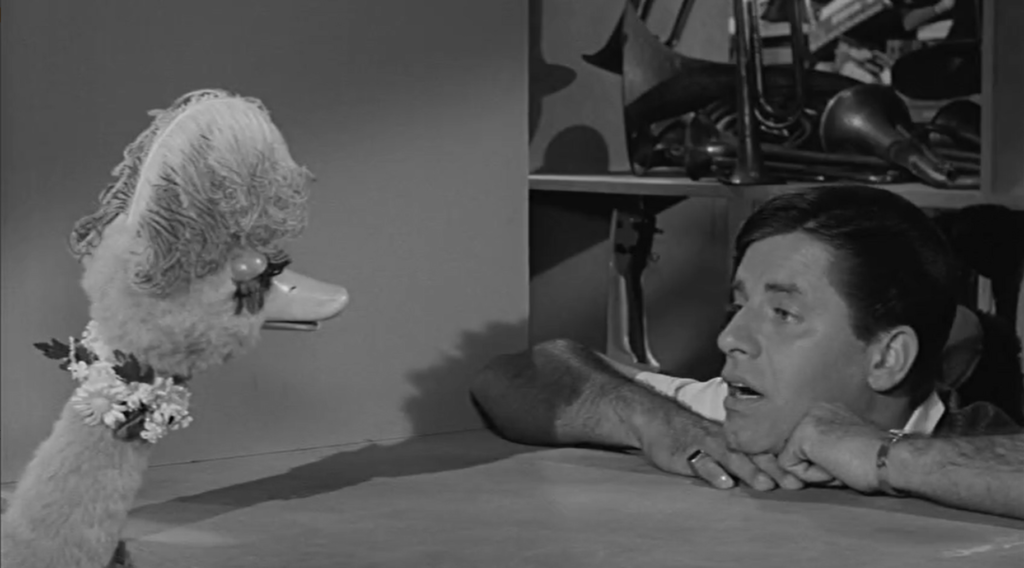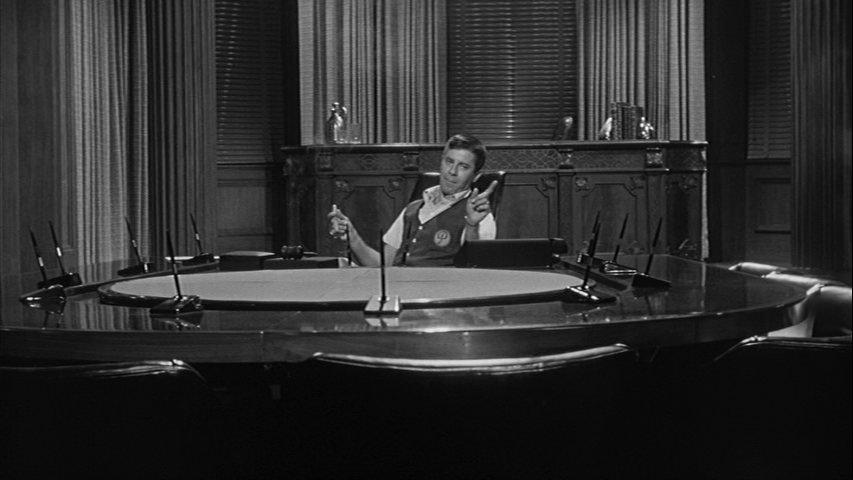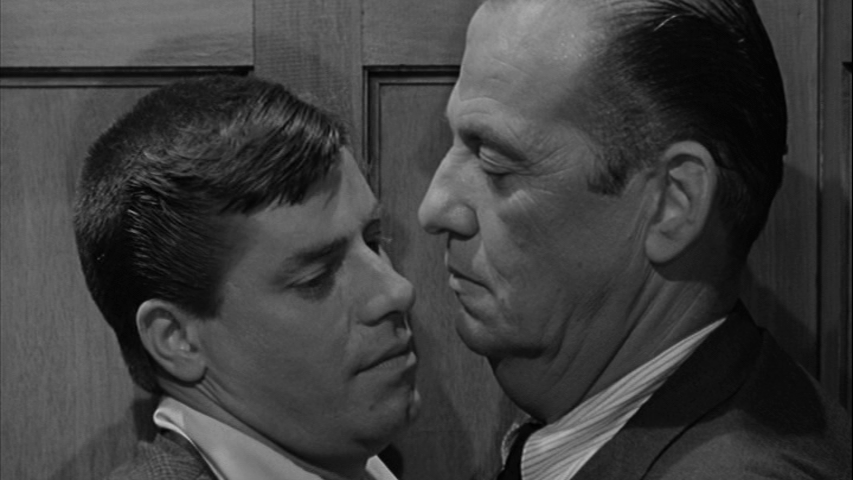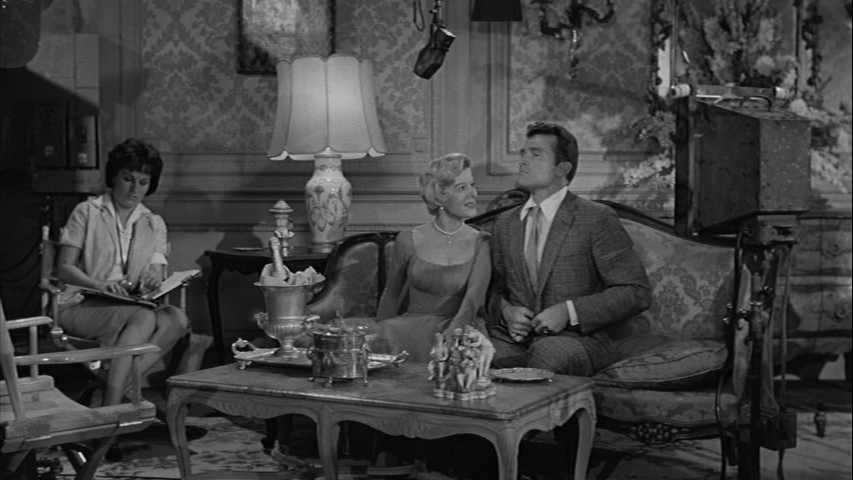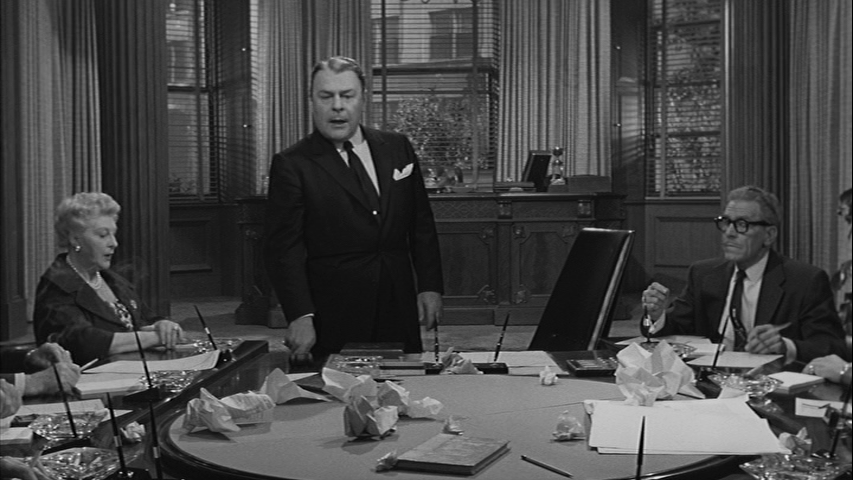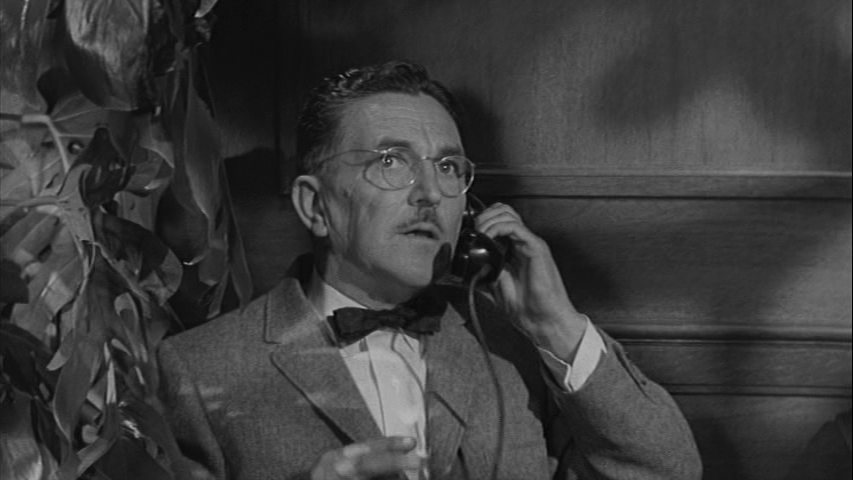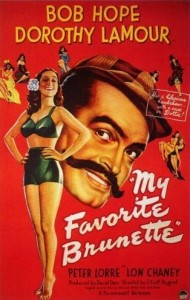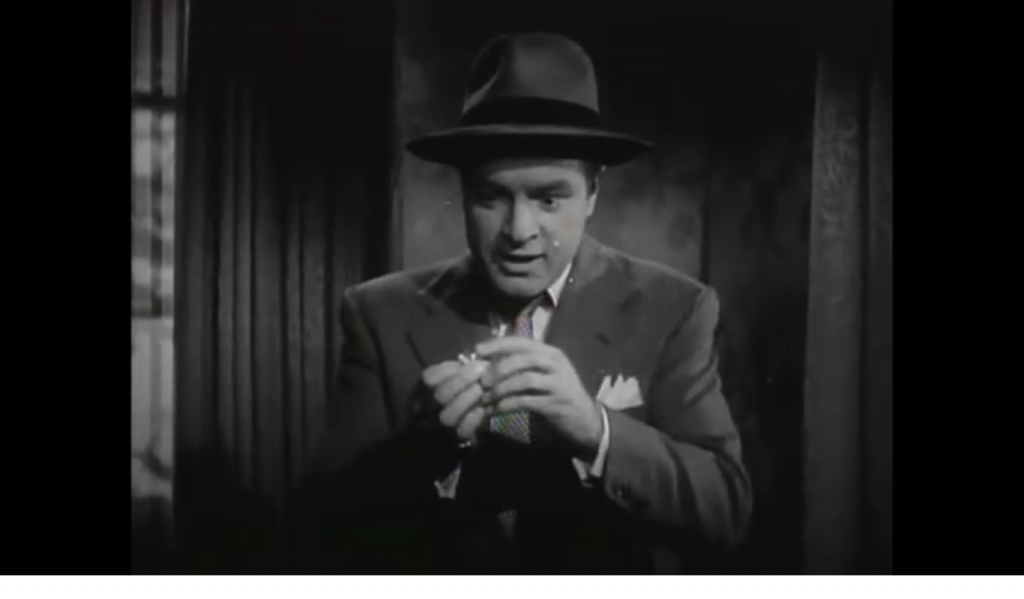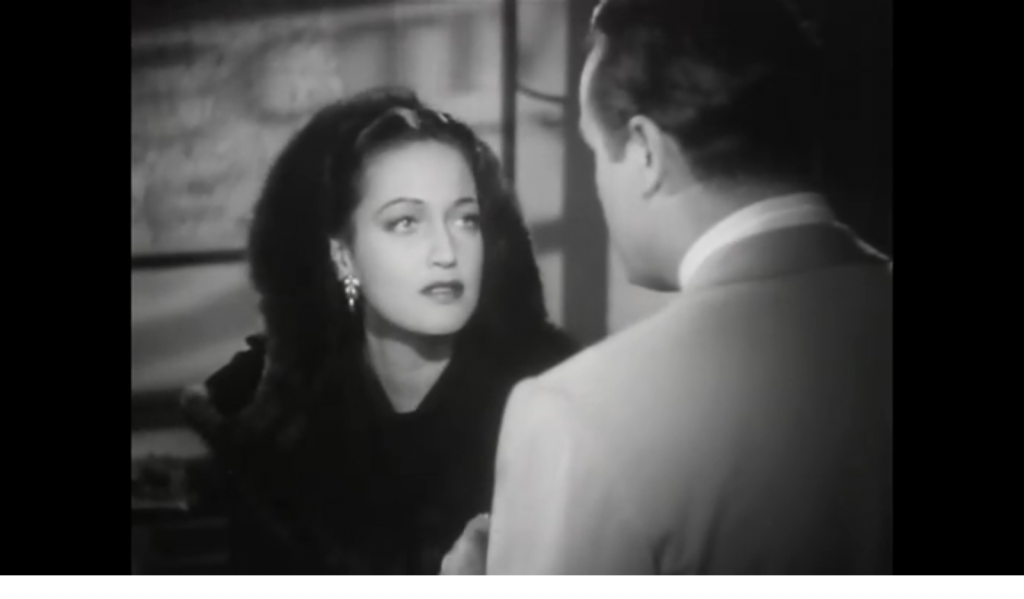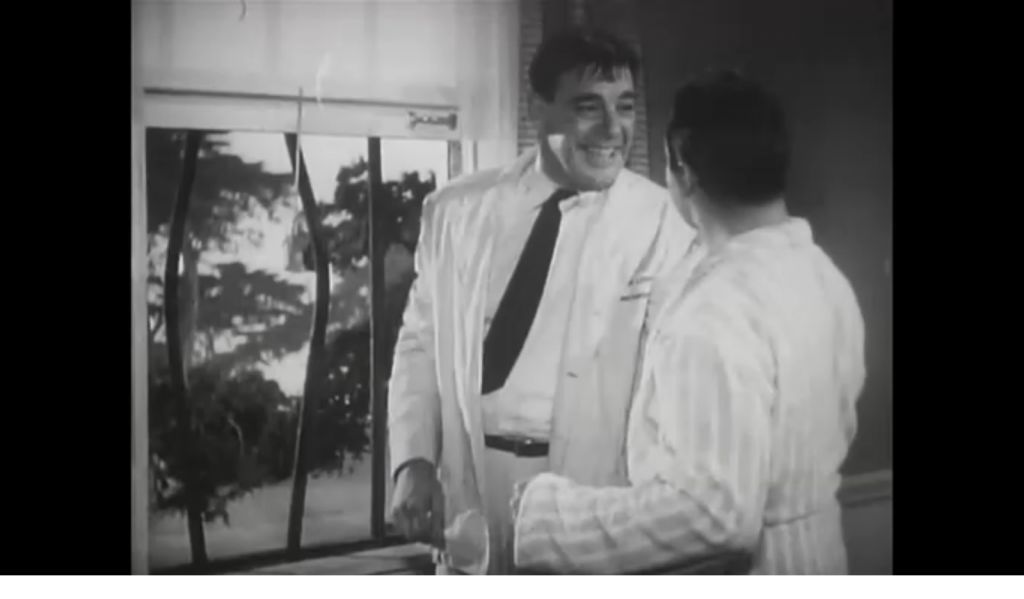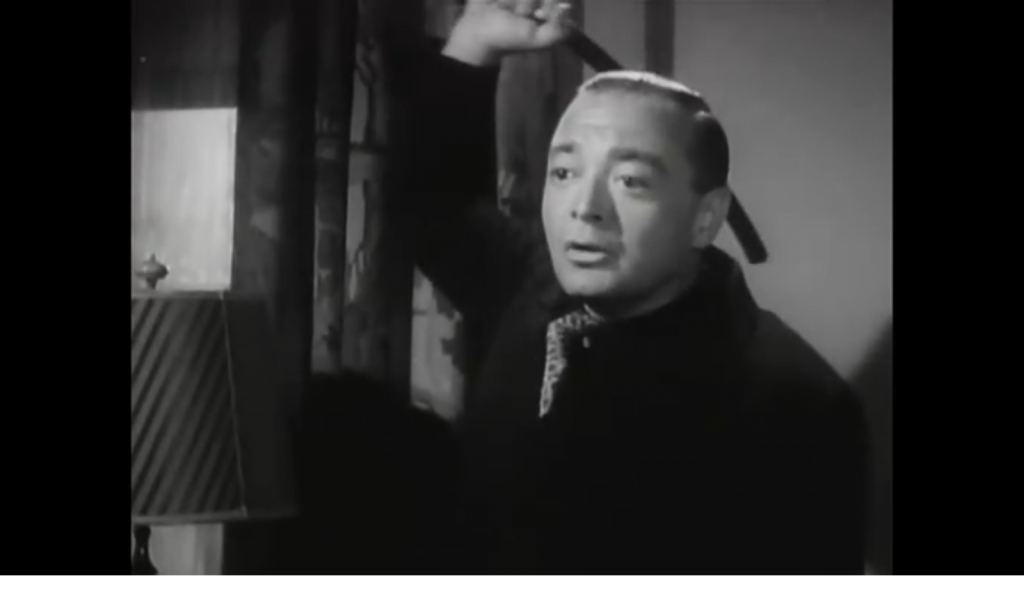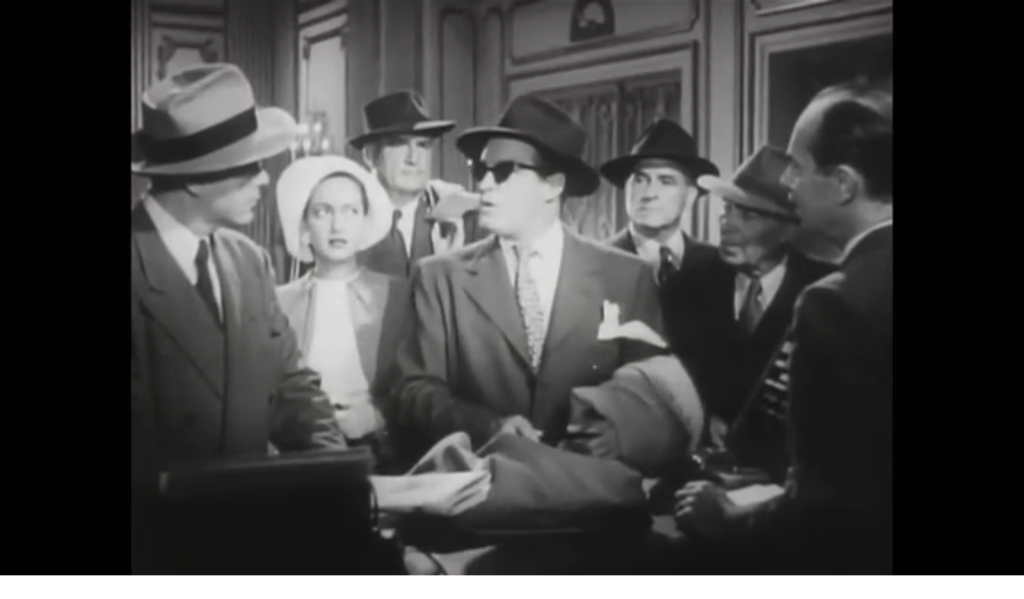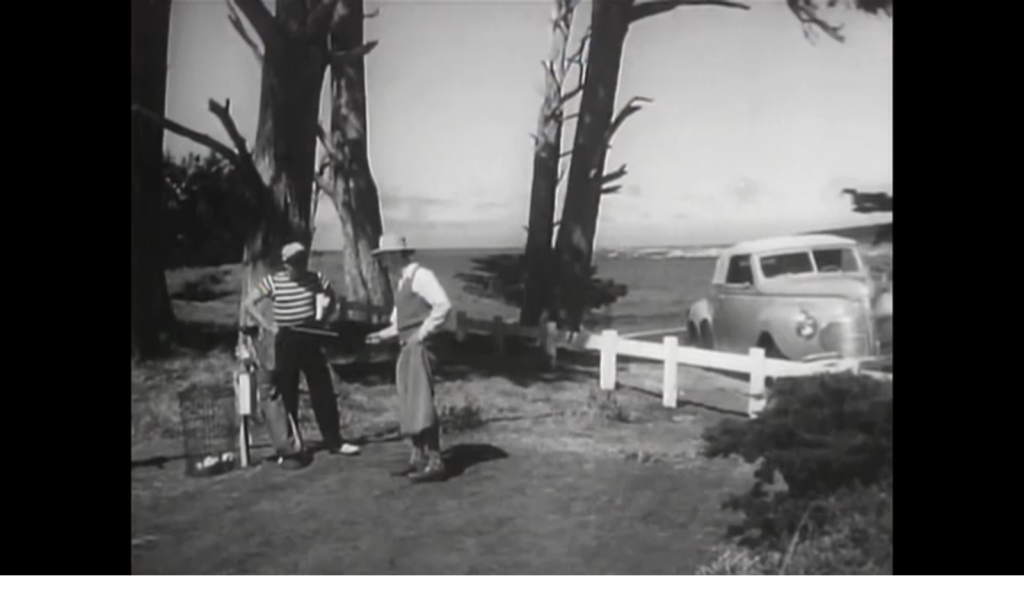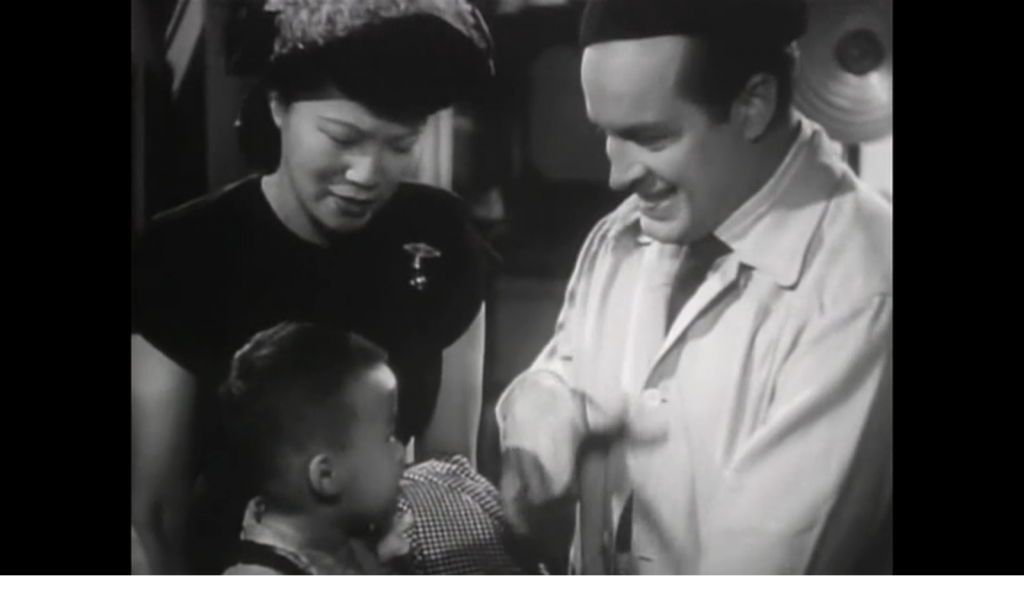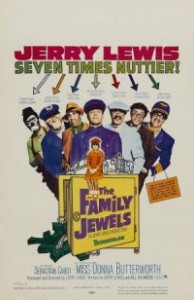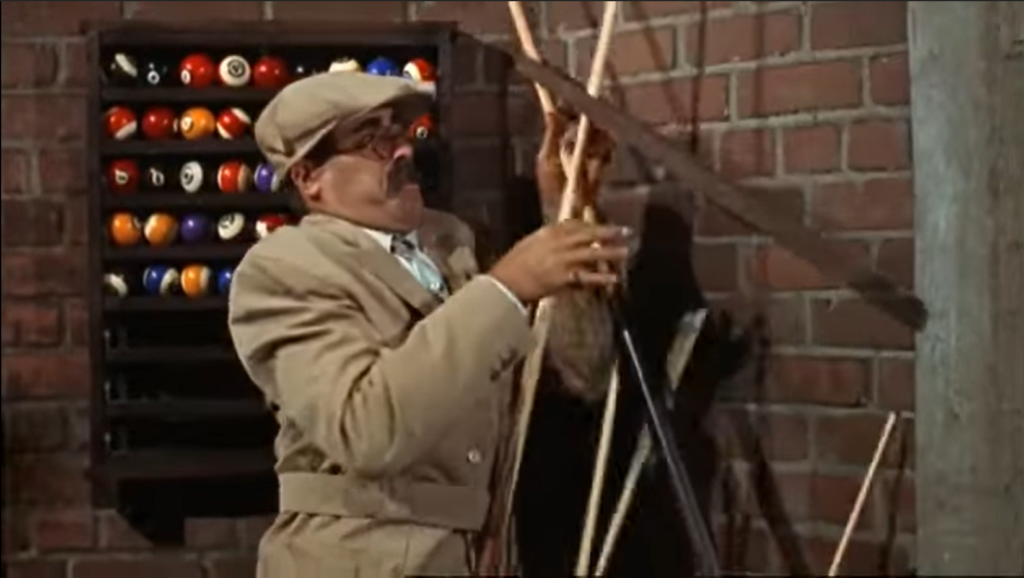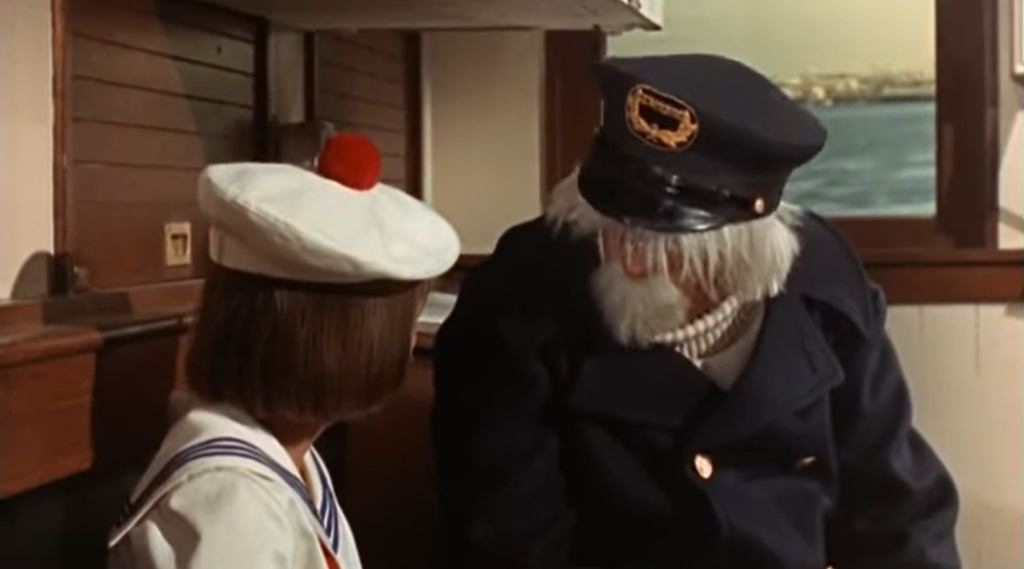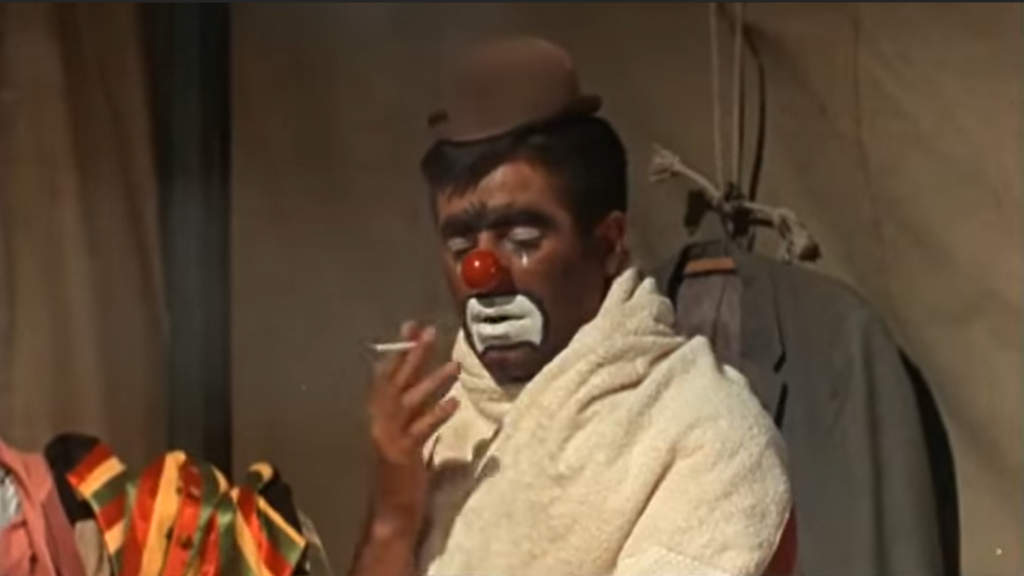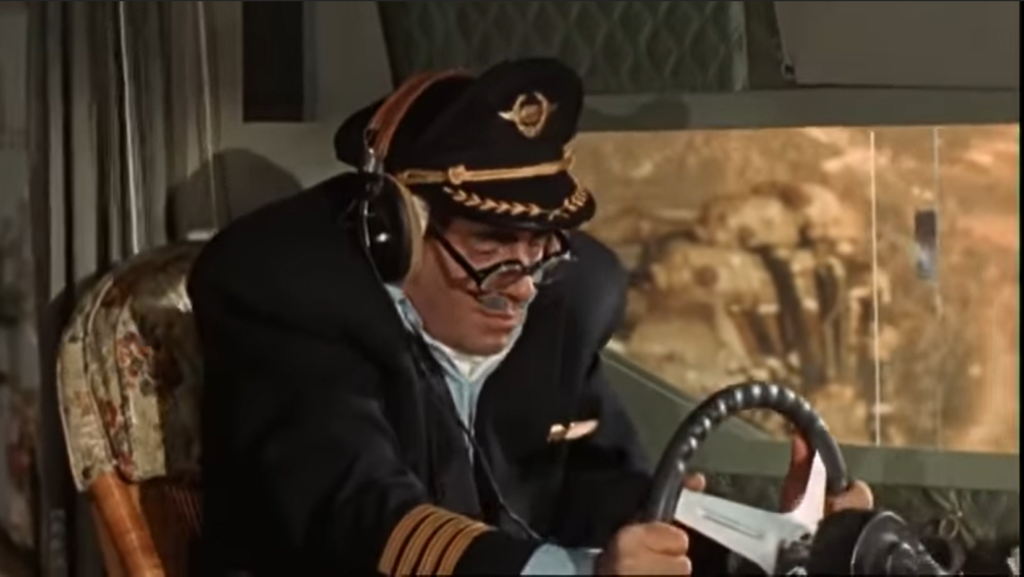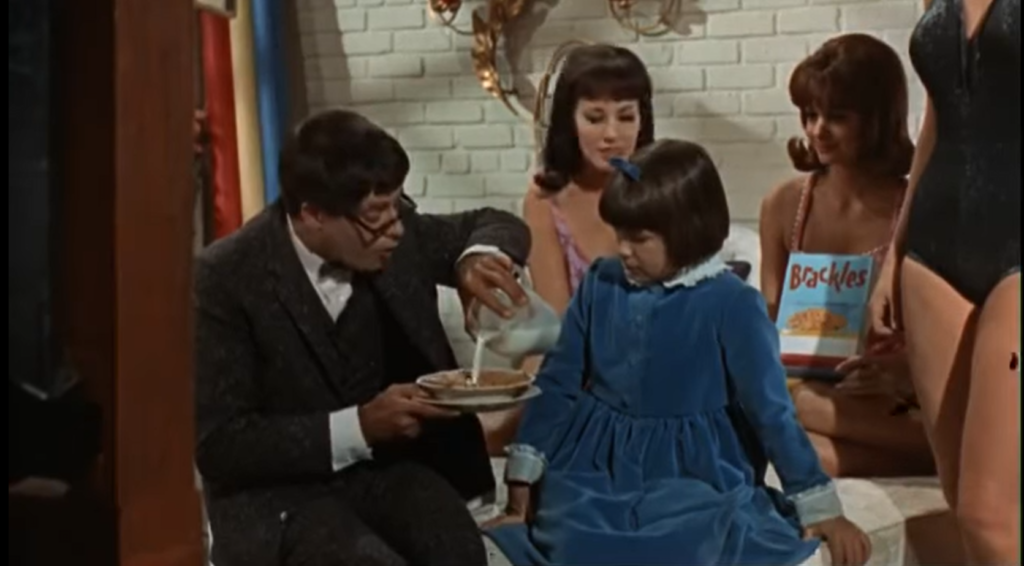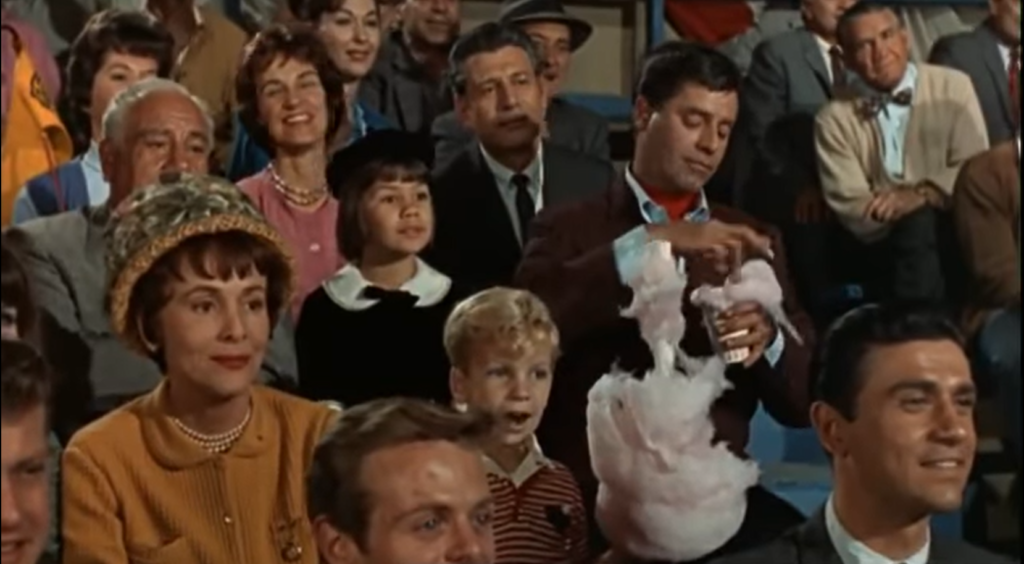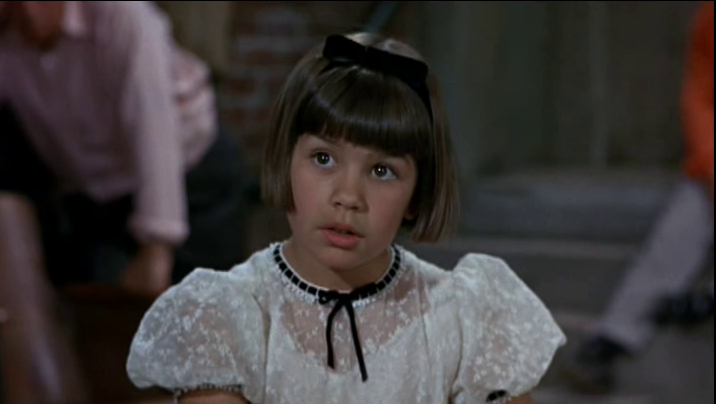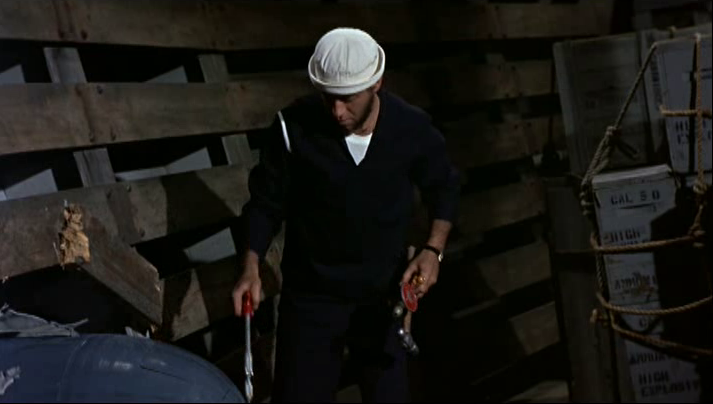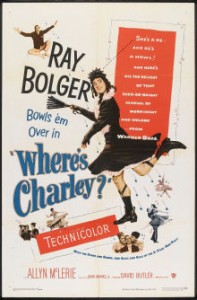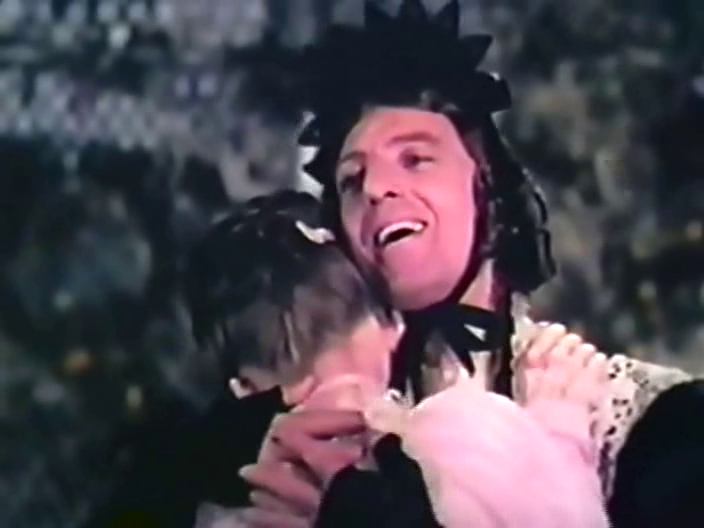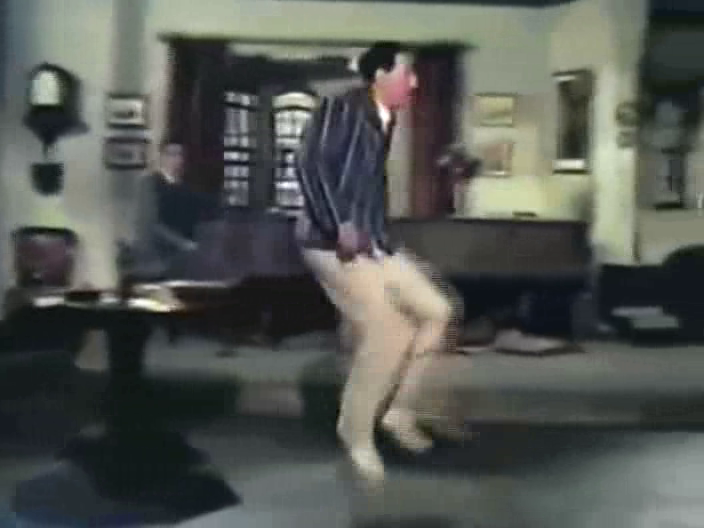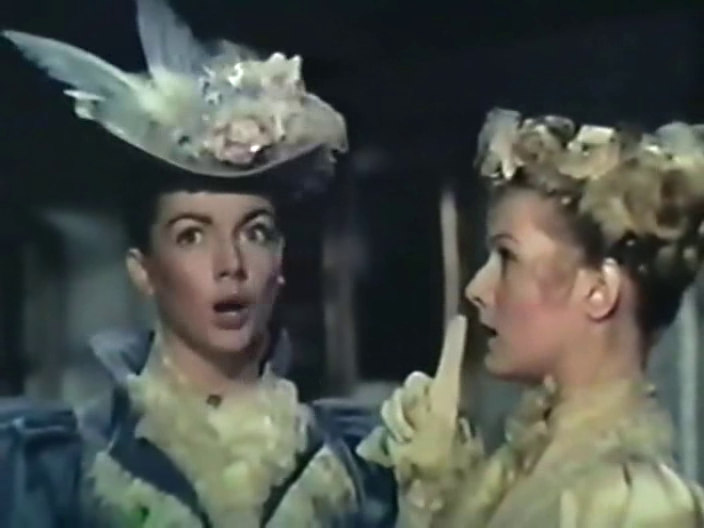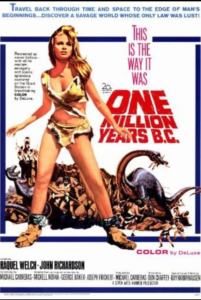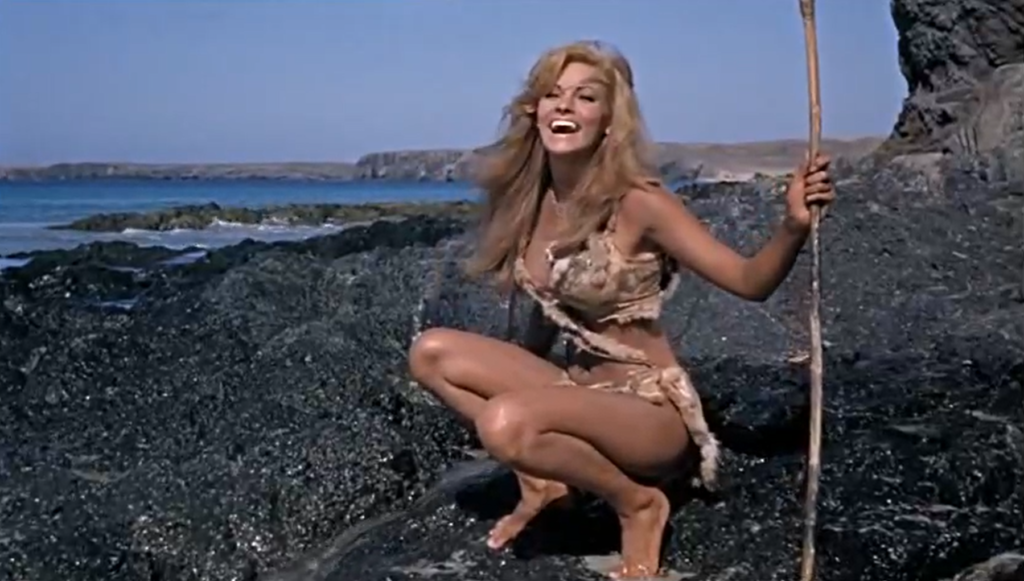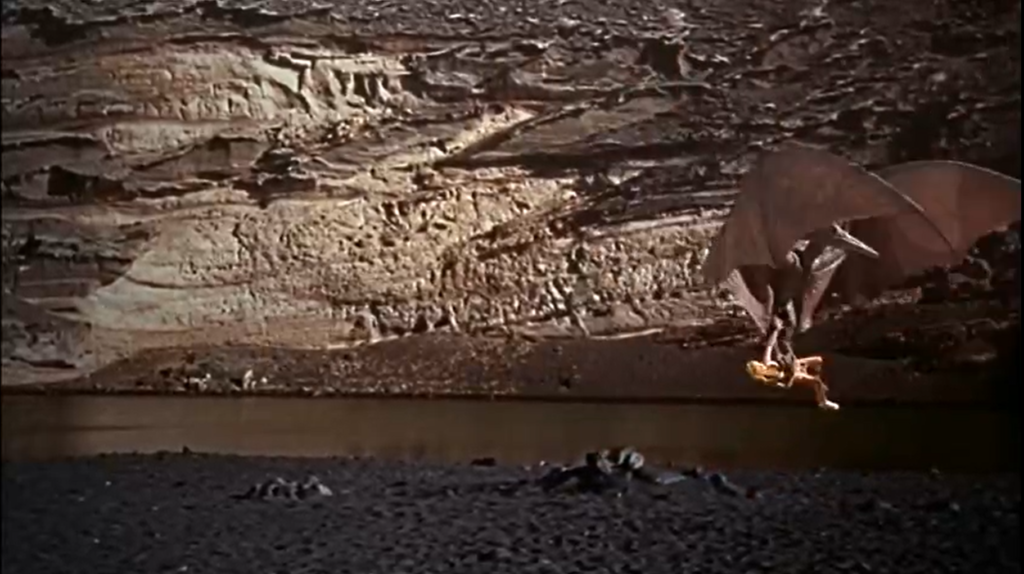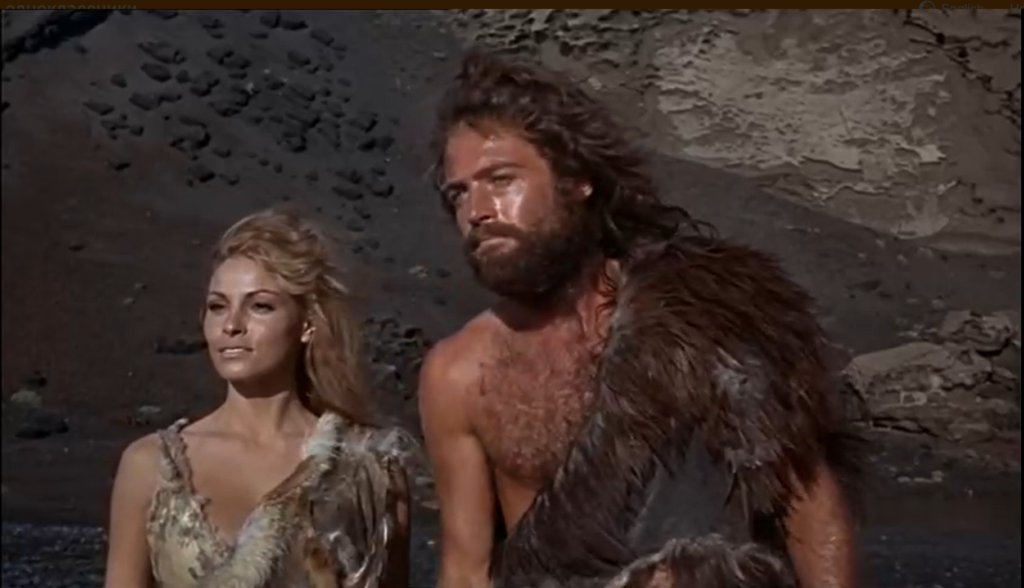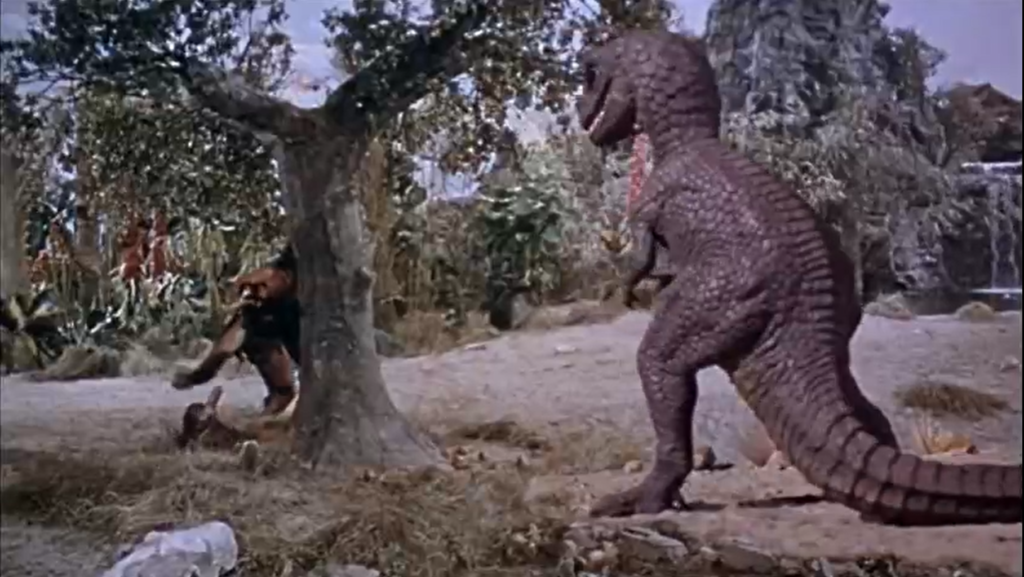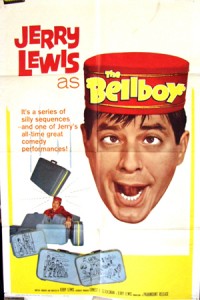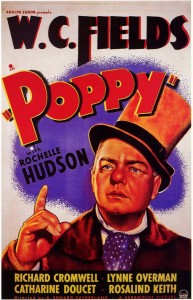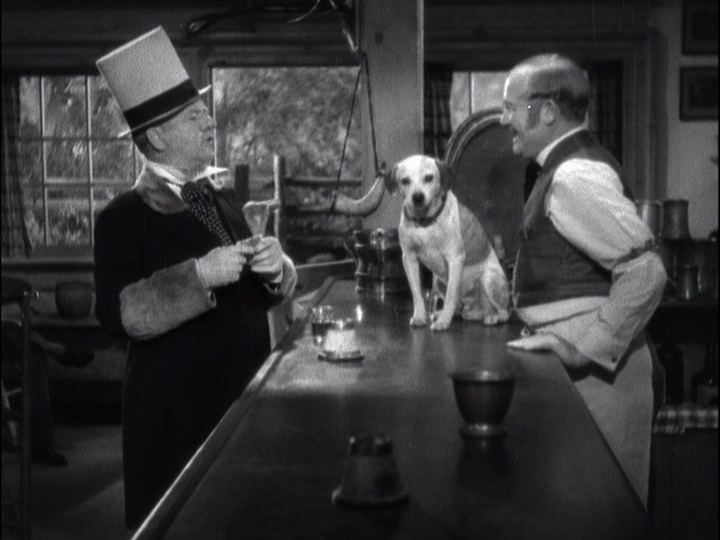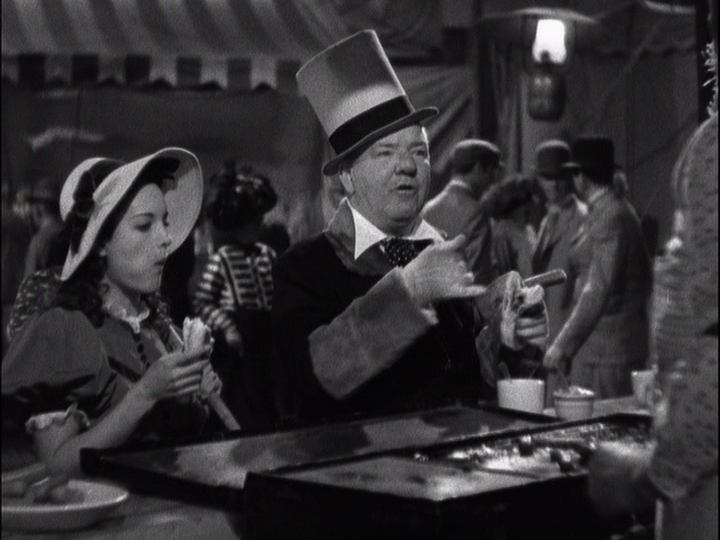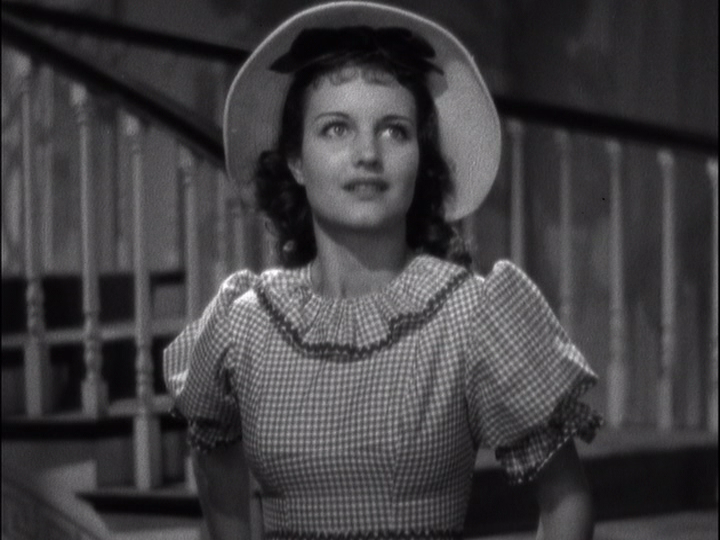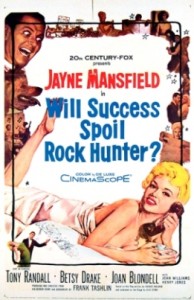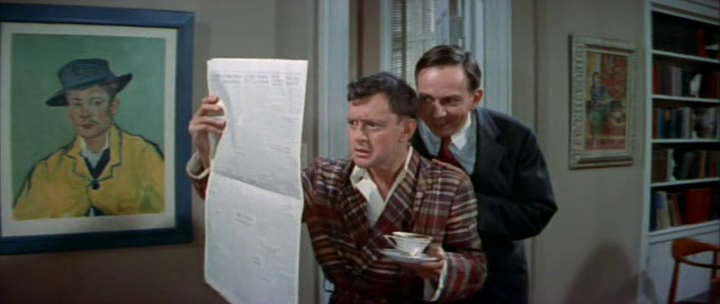|
Genres, Themes, Actors, and Directors:
Response to Peary’s Review:
Peary seems only mildly impressed by Jerry Lewis’s directorial debut, “a series of brief, unconnected vignettes” which was “obviously influenced by Jacques Tati’s Mr. Hulot’s Holiday” (1953). He notes simply that while “most gags fall flat” and “none are hilarious”, overall the “film is amusing”. Given that I’m not at all a fan of Tati’s films (and find Mr. Hulot’s Holiday in particular to be quite tiresome), I was genuinely surprised to find myself enjoying The Bellboy as much as I did. While I wasn’t quite laughing out loud (Lewis’s films rarely provoke that reaction in me), I did genuinely chuckle numerous times — and even the gags that “fell flat” seemed to do so innocuously, and with good, simple grace. I suspect a large part of the film’s enjoyment for me lies in the fact that Lewis’s central character — “happy-go-lucky” bellboy Stanley — doesn’t talk (hallelujah!).
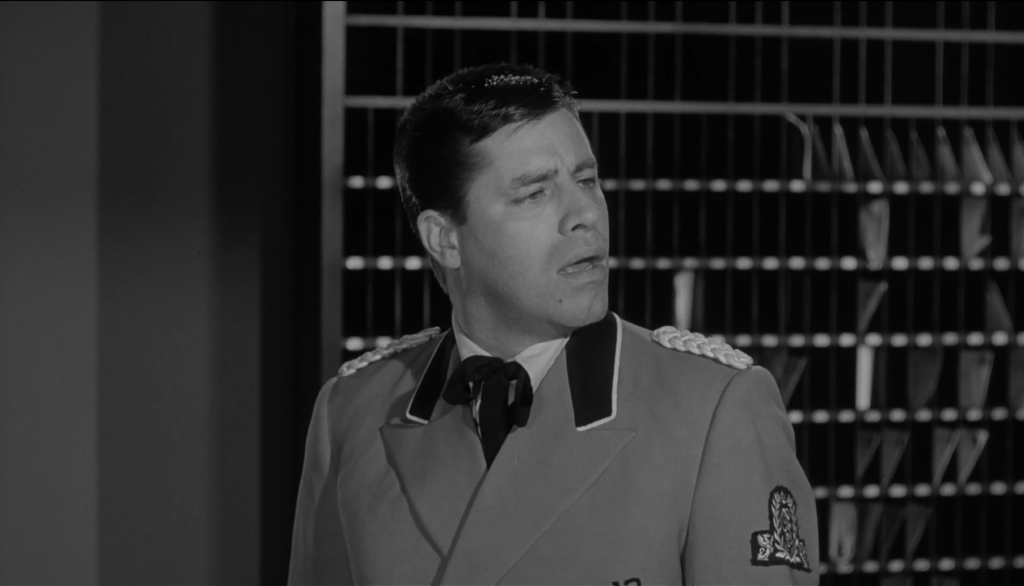
Meanwhile, Lewis pokes some good fun at his own celebrity by appearing in cameo in one of the film’s most genuinely amusing vignettes, as an entourage of assistants clamors around “real” Lewis like a horde of rabid groupies, laughing hysterically each time he opens his mouth to say a word.
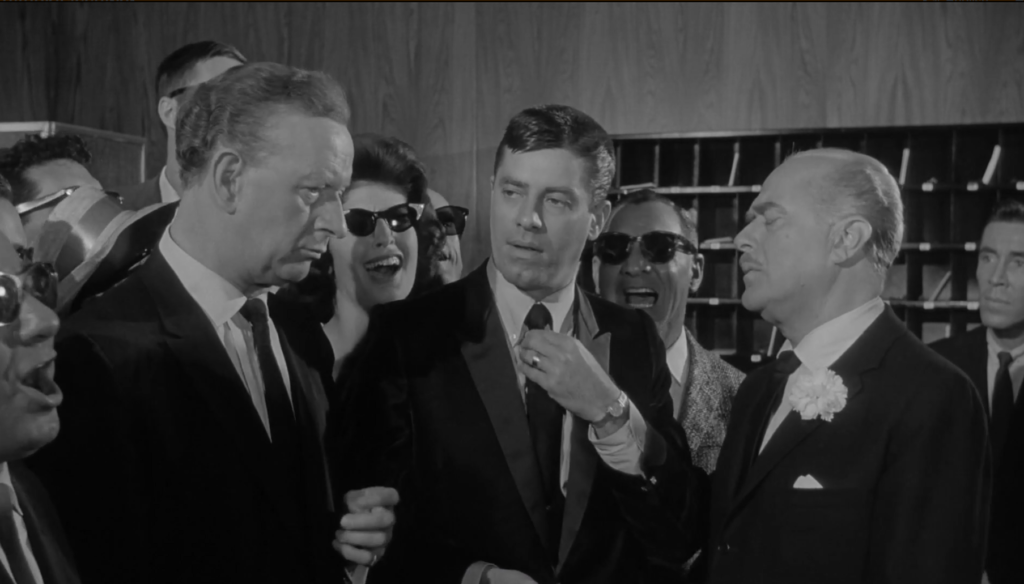
(Clearly, Lewis was a tad sensitive about being expected to be “be funny” at all times; this is evident as well in the lengthy and revealing interview he gave with Dick Cavett in 1969 — check YouTube to see this in chunks).
What works about so many of the gags here, I think, is how random and/or surreal they are — and, thankfully, how Lewis rarely lingers too long before moving on. In one of many throwaway scenes, for instance, Stanley is busy sorting keys into guests’ mailboxes, and apparently has been doing such a slow job of it that he’s still not done after an hour. He’s yelled at to finish, and hastily throws the remaining keys willy-nilly into the boxes.
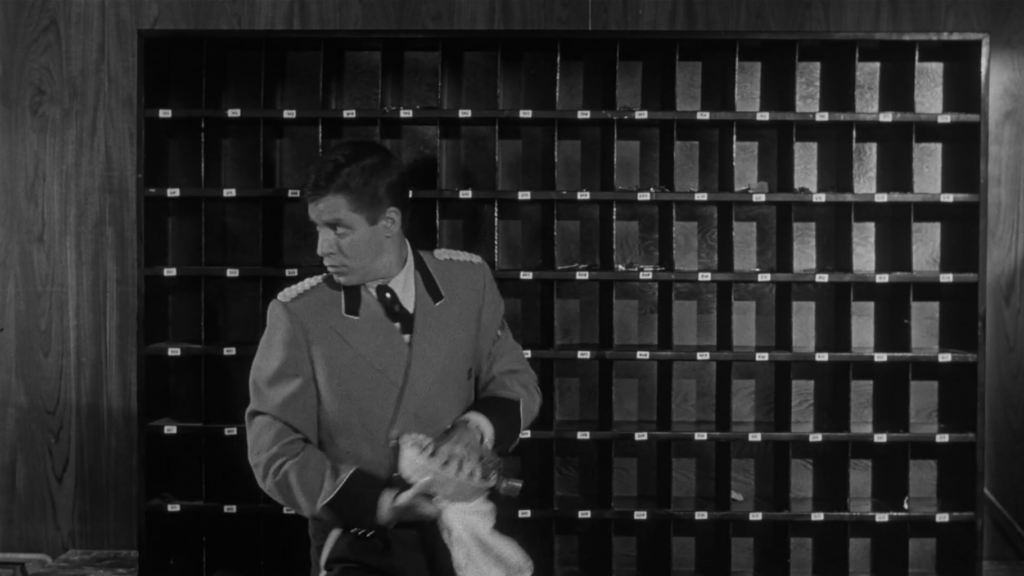
The next shot immediately shows a hallway full of guests wrangling simultaneously with their doors, none having been given the correct key. It’s amusing simply because it defies all rationality — that is, the guests would never all be trying at the same time to open their doors.
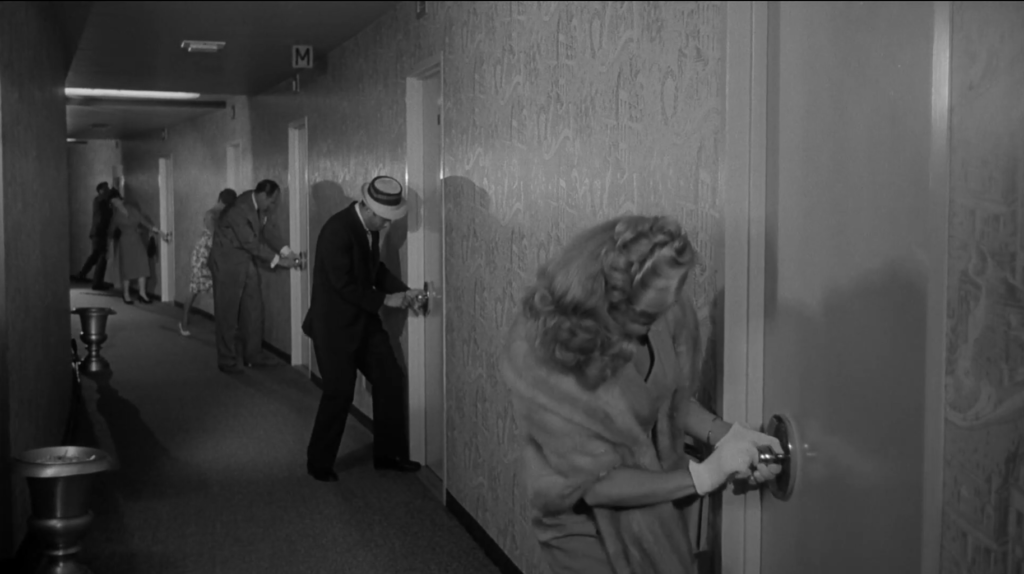
Interestingly, in his review, Peary complains about this very fact, noting that “in subsequent films Lewis would learn that his character works best in an otherwise orderly world; here the world he inhabits would be wacky without him”. I disagree. It’s the very “wackiness” of the Fontainebleau Hotel and its inhabitants, I feel, that works in this film’s favor. Just check out the reaction of the entire crew of bellboys when a convention of models walks into the hotel, and you’ll see exactly what I mean… Stanley is not alone.
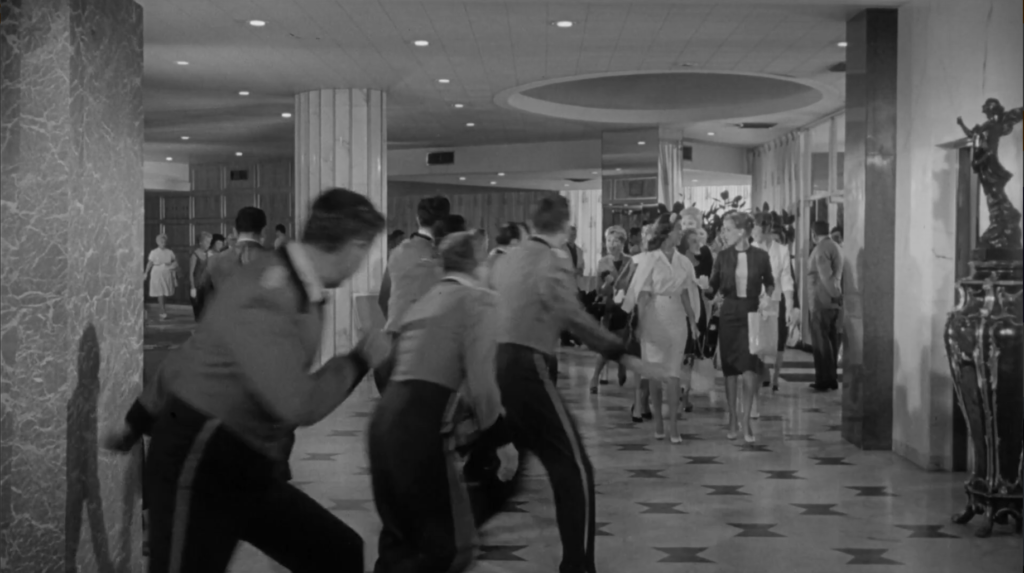
Note: Be sure to read TCM’s article on the film to learn more about its interesting production, and Lewis’s ground-breaking technique of videotaping alongside his primary camera to get immediate feedback on his work.
Redeeming Qualities and Moments:
- Numerous humorous vignettes
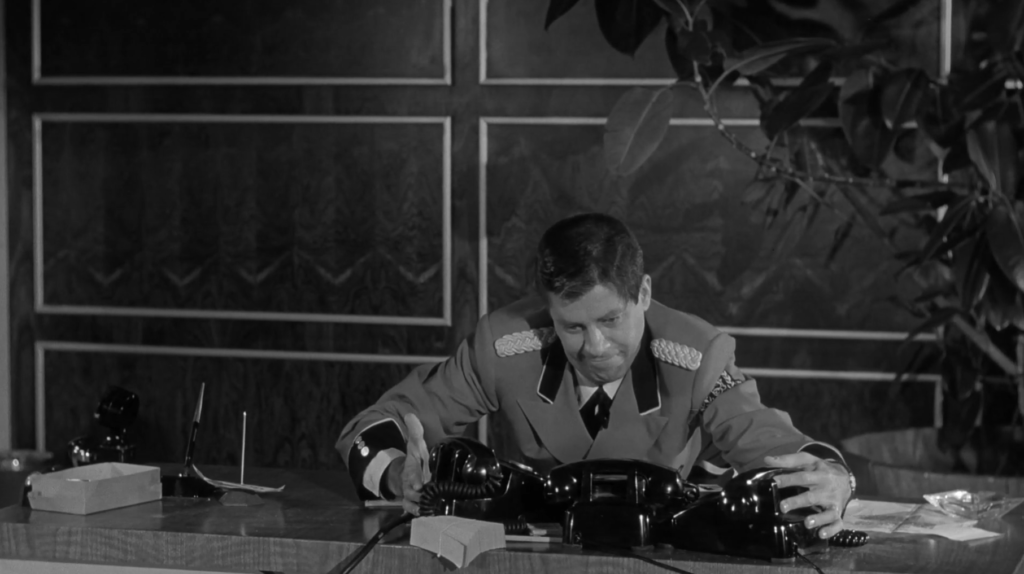 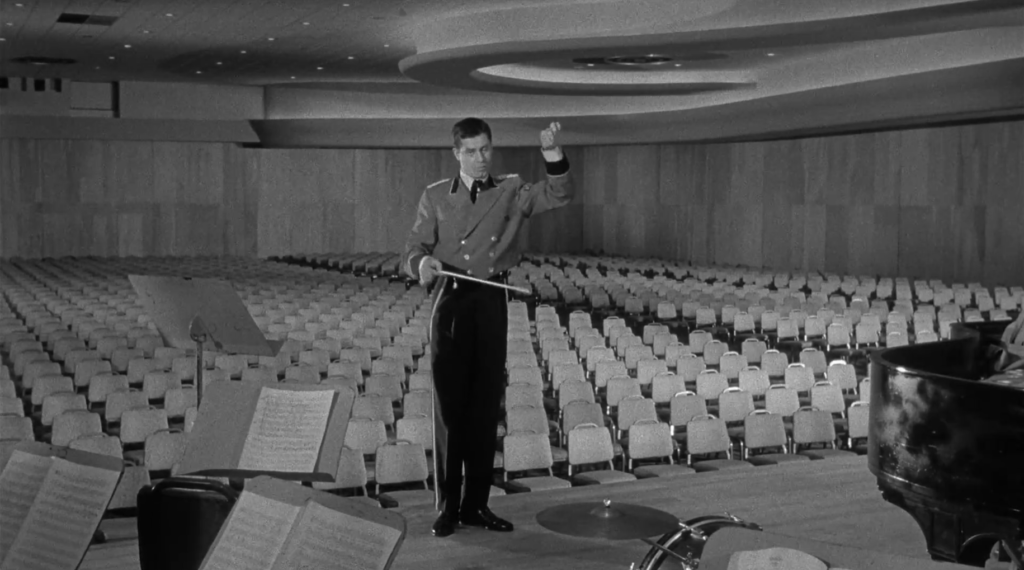
Must See?
Yes, simply for its historical importance as Lewis’s directorial debut.
Categories
Links:
|
